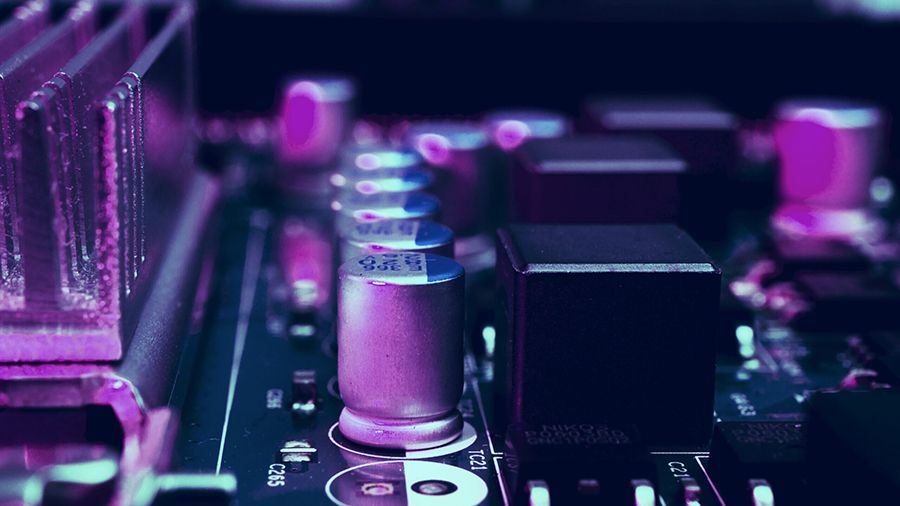The largest manufacturers of ASIC miners have returned to the idea of producing chips for artificial intelligence (AI) due to the decline in mining profits.
According to a report by analyst firm TokenInsight, the change in market dynamics has forced the three largest manufacturers of mining devices – Bitmain, Ebang and Canaan – to shift the focus from ASIC miners to chips for AI in the long term.
Research and development of microcircuits is the main component of the competitiveness of manufacturers of mining equipment. The industry has annual revenue in the billions of dollars, with Bitmain alone generating over $ 300 million in the first quarter of 2020, according to another report.
However, companies’ profits are gradually decreasing. TokenInsight reports that Bitcoin mining costs have skyrocketed after the Bitcoin halving on old ASIC miners, putting millions of dollars in revenue at stake for the three firms. In addition, emerging miner manufacturers such as WhatsMiner and the development of Proof of Stake (PoS) consensus cryptocurrencies are making it even more difficult to grow and even keep profit.
“In the long term, the mining industry has changed from a highly profitable business to a predictable and fairly stable direction in terms of income,” says TokenInsight.
This, in part, has forced mining equipment manufacturers to seek revenues in other sectors. Since these companies have sufficient technological experience, they made the choice to create chips for AI.
AI chips are specialized processors that perform millions of calculations per second to run software. Their production opens up a new revenue stream for established companies like Bitmain and Ebang.
“Researchers believe that AI chips have a broader perspective and that they largely overlap with ASIC chips in terms of design and manufacturing. The experience of mining equipment manufacturers in the field of chips can be quickly transferred to the field of chips for AI, ”the report says.
Bitmain tried to enter the AI industry back in 2017 with a Sophon chip that could do millions of calculations per second and compete with Nvidia and AMD products. But the project at that time was significantly losing in profitability to the production of ASIC miners and was frozen.







